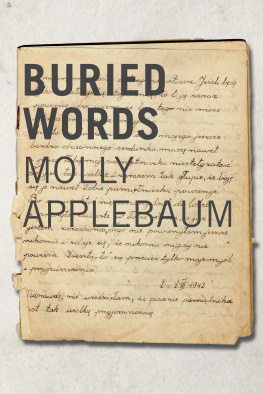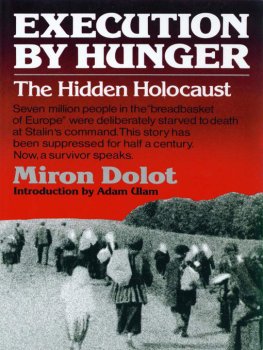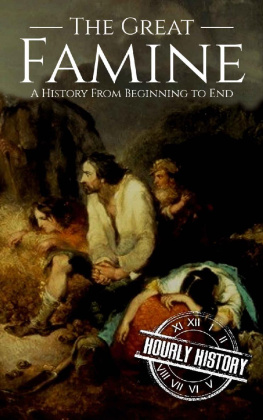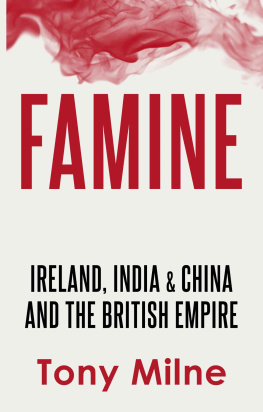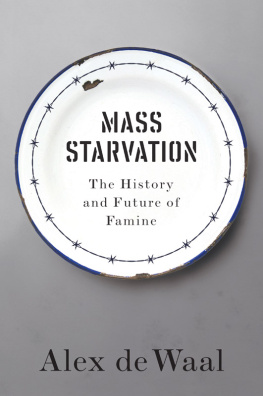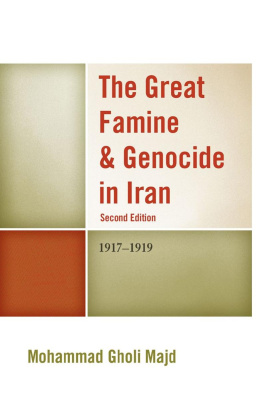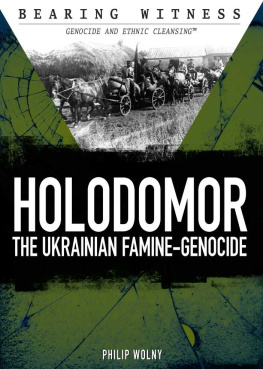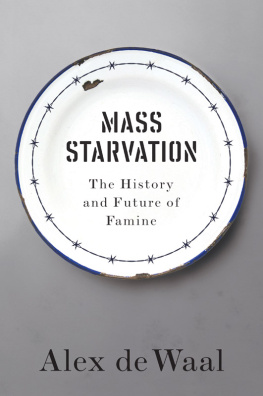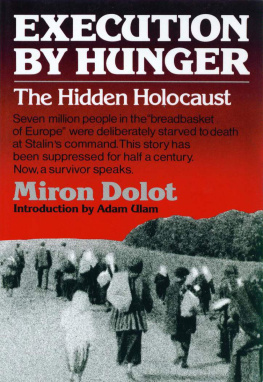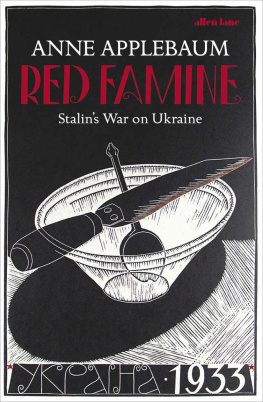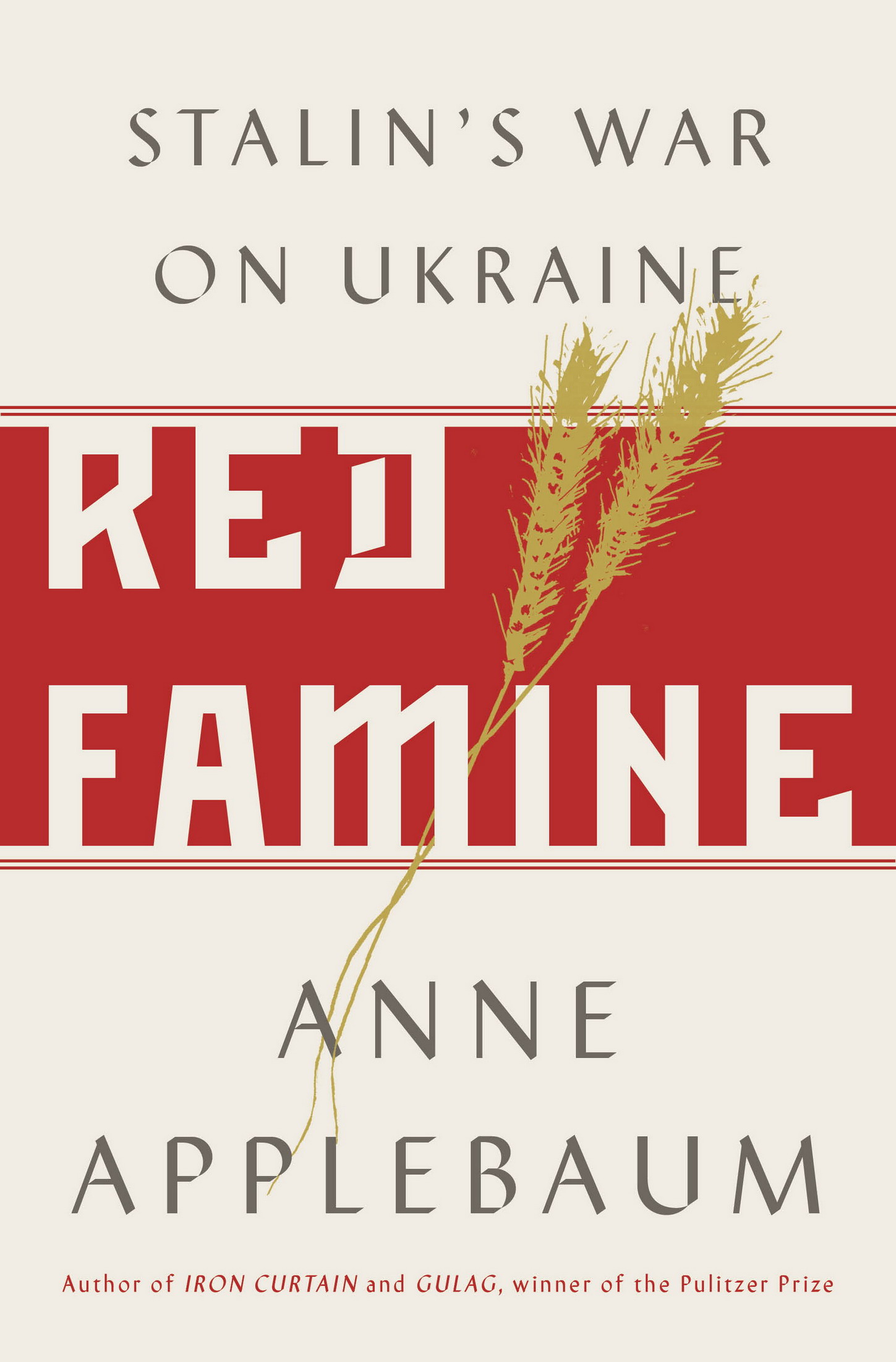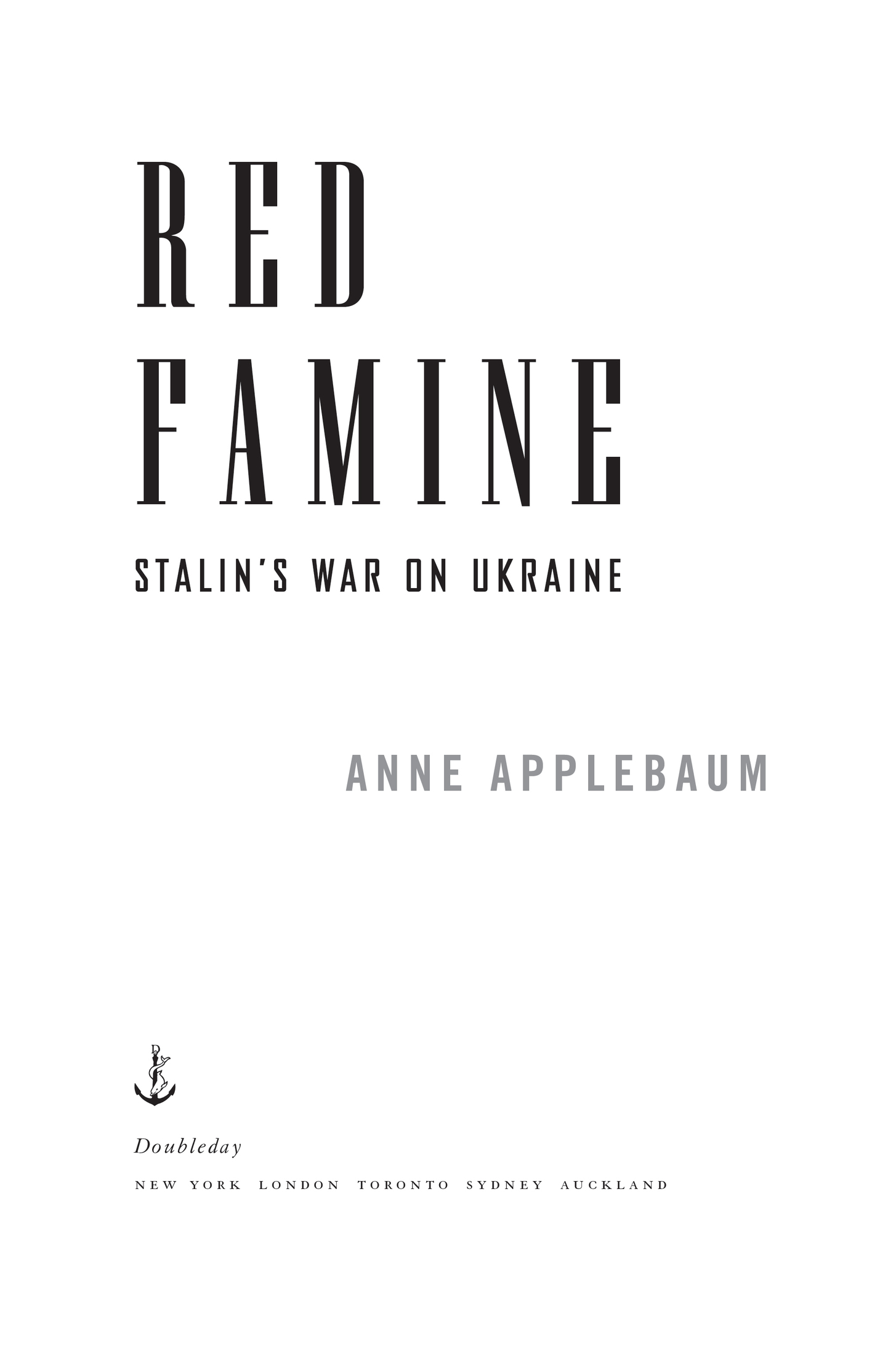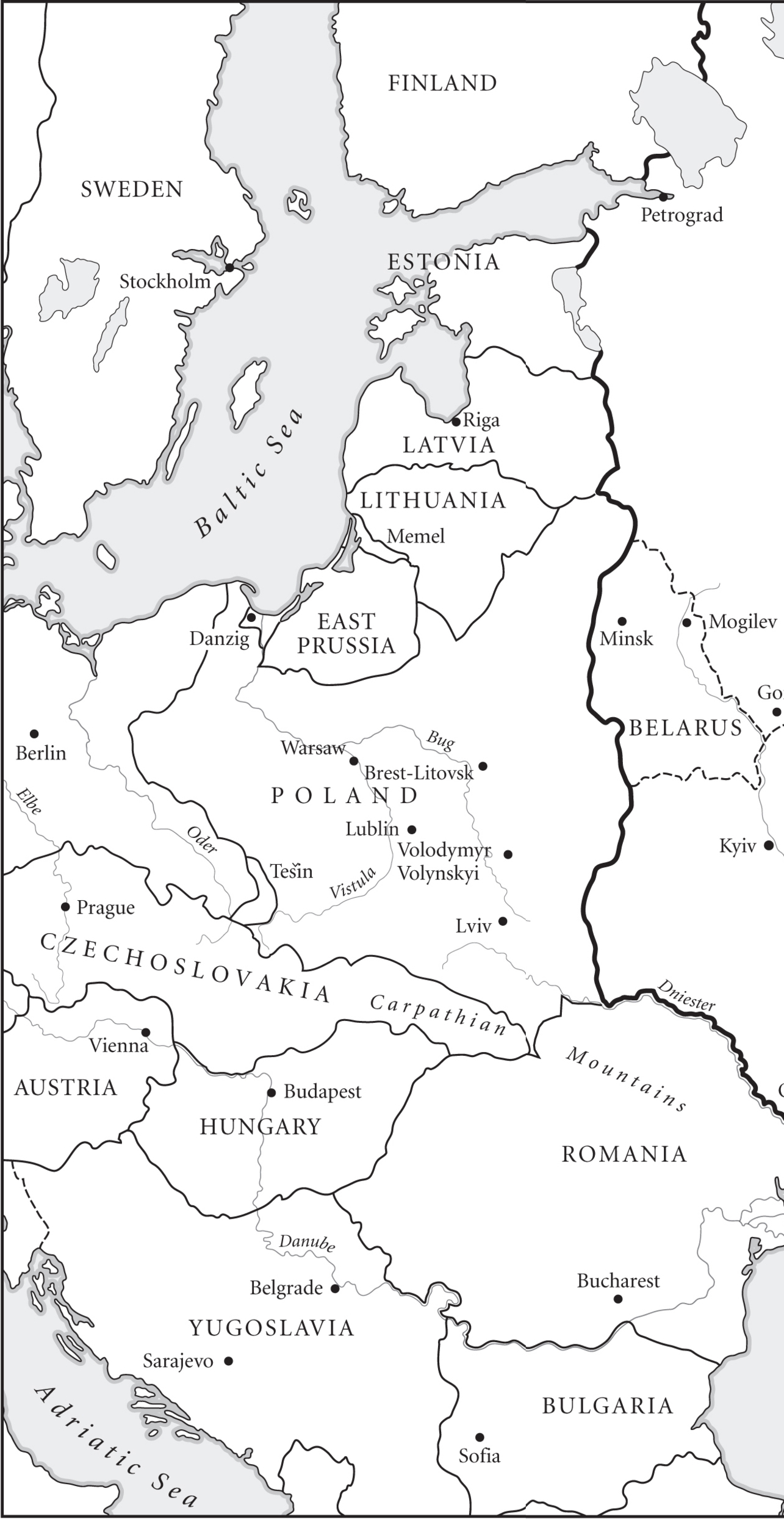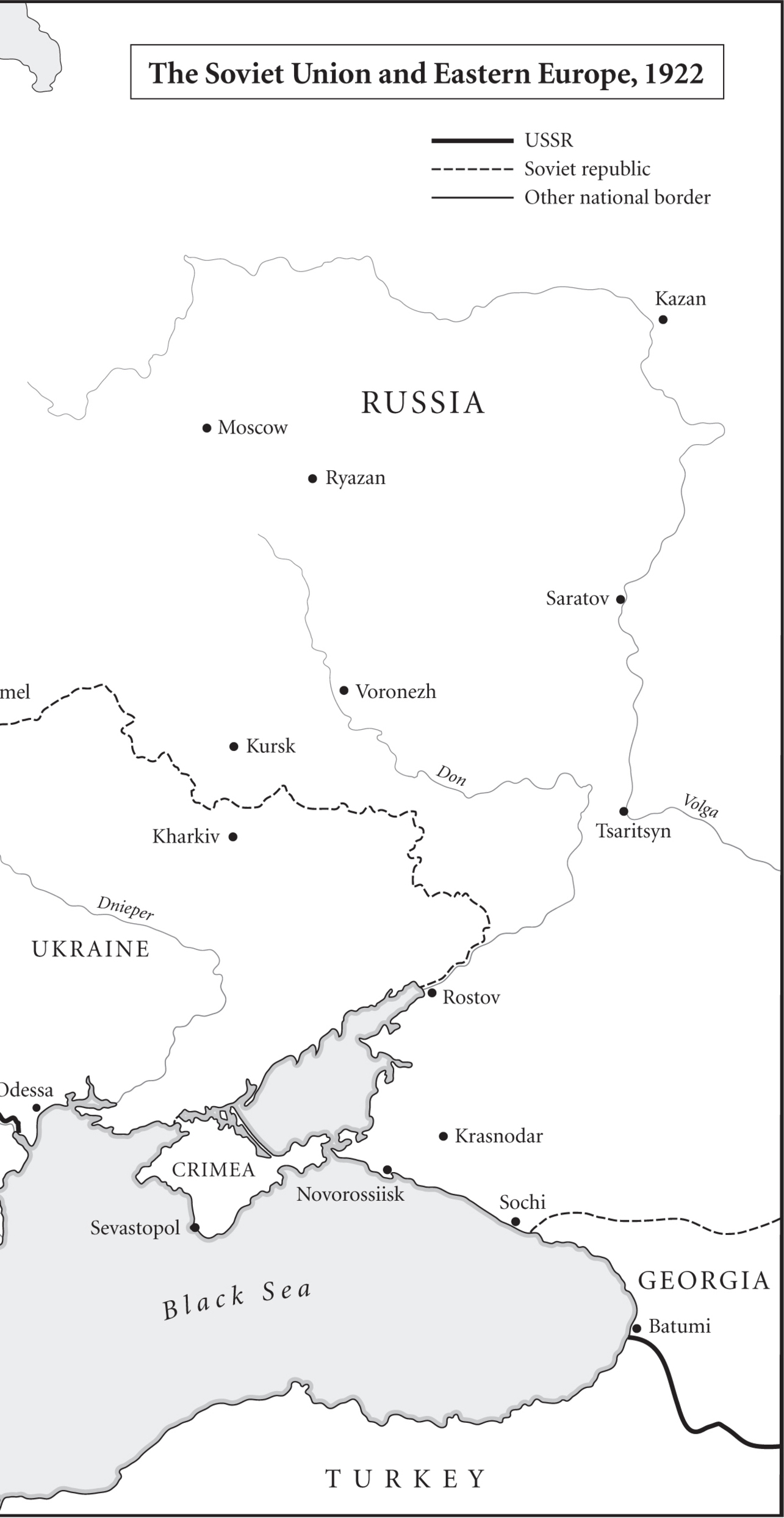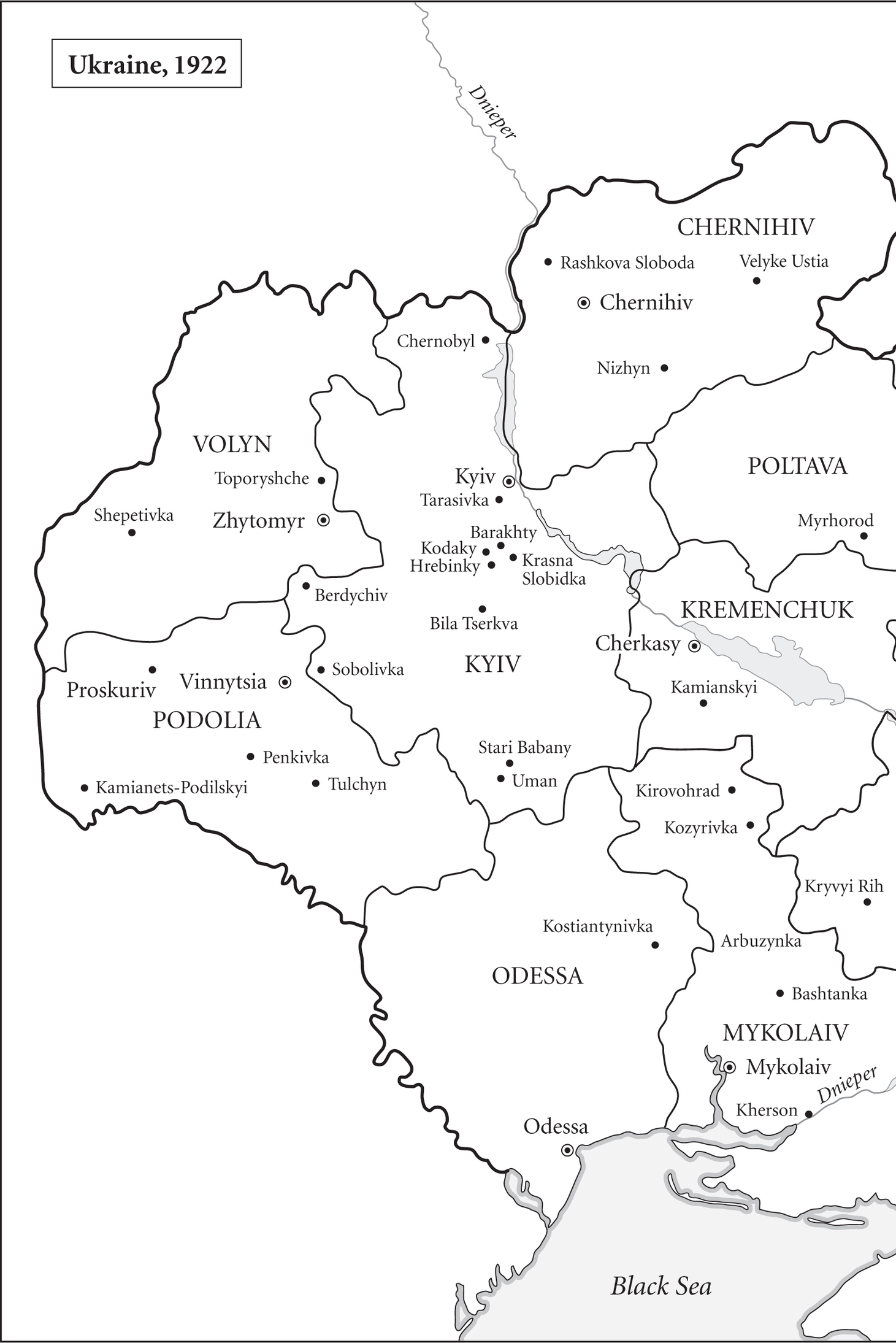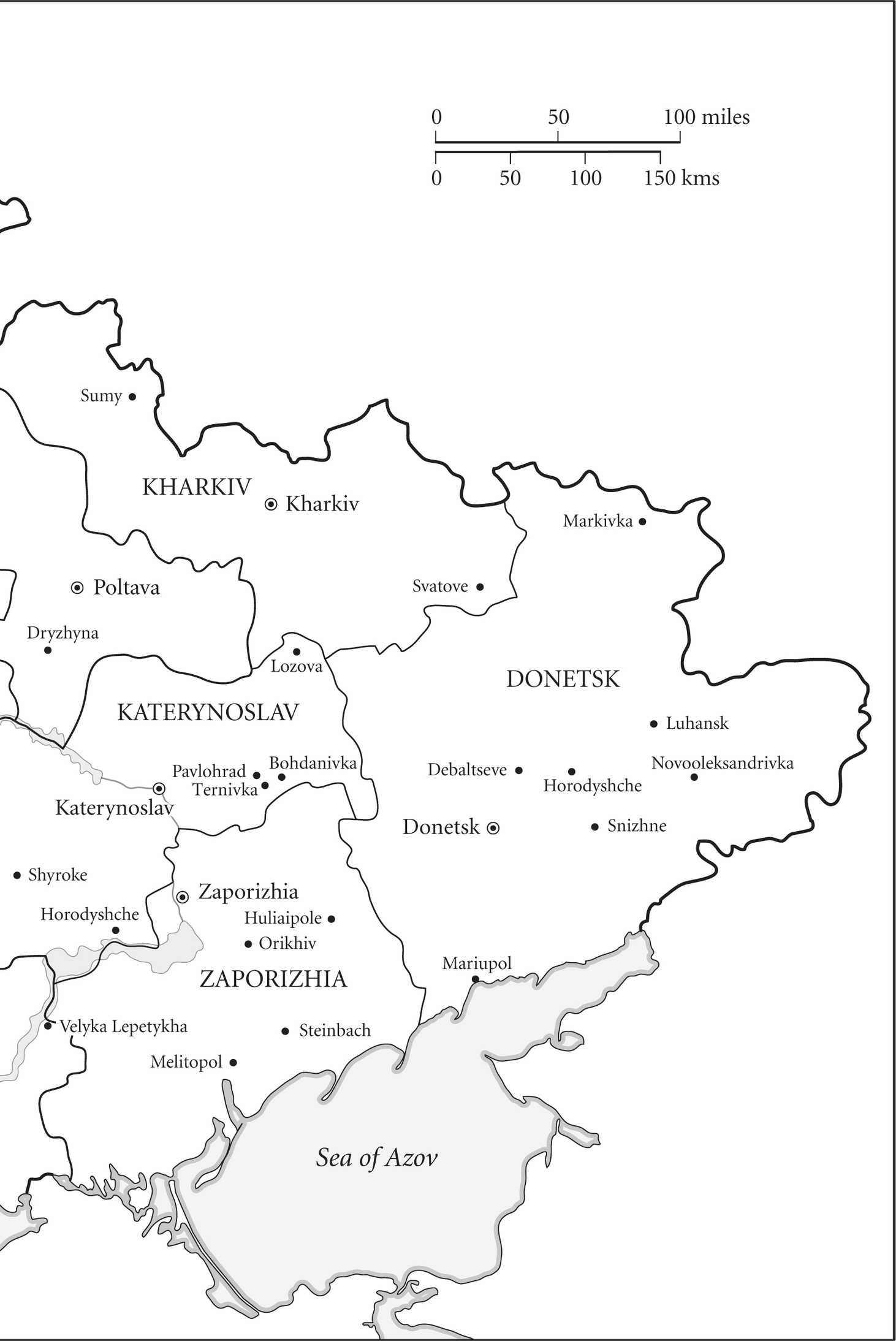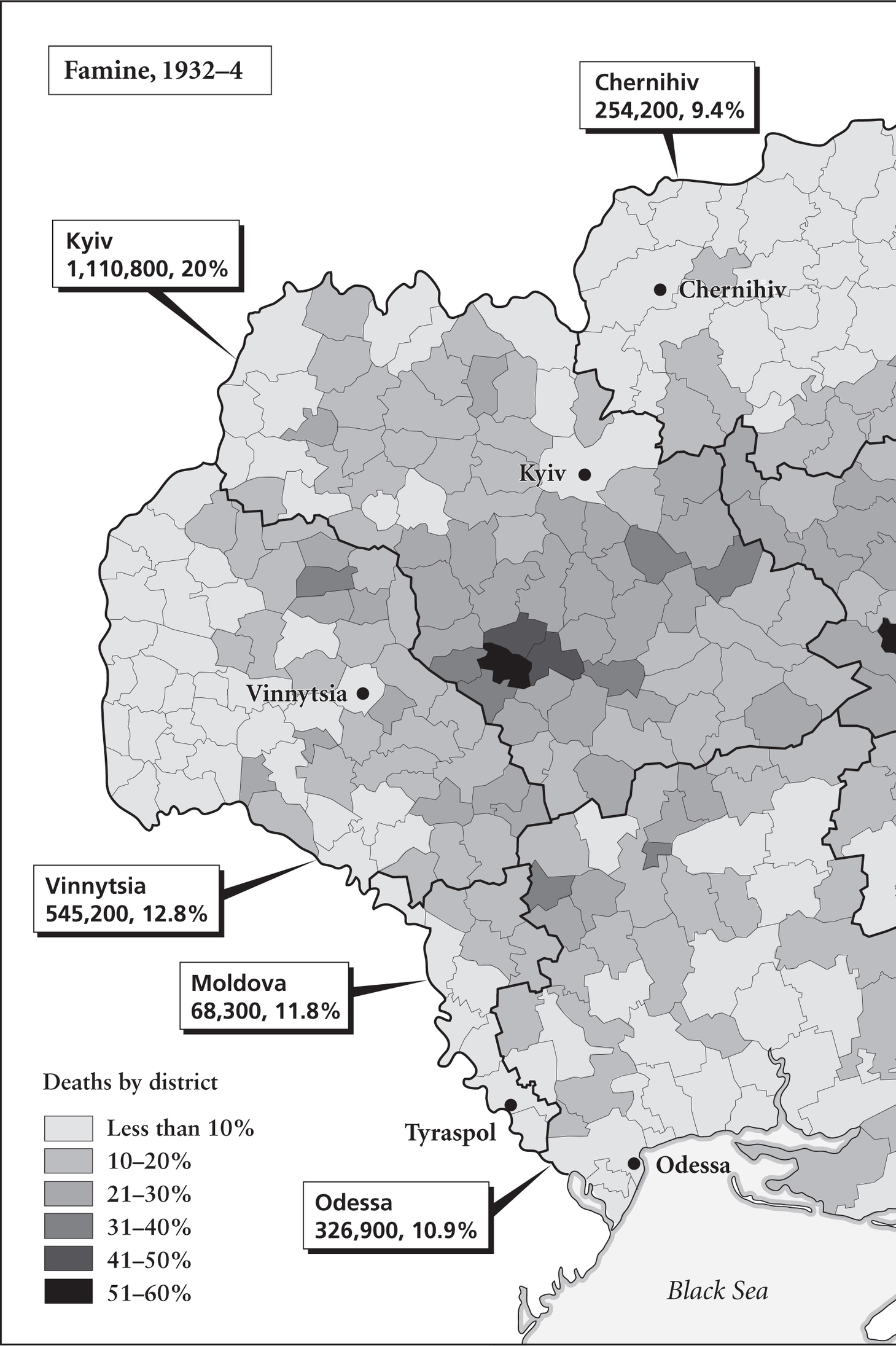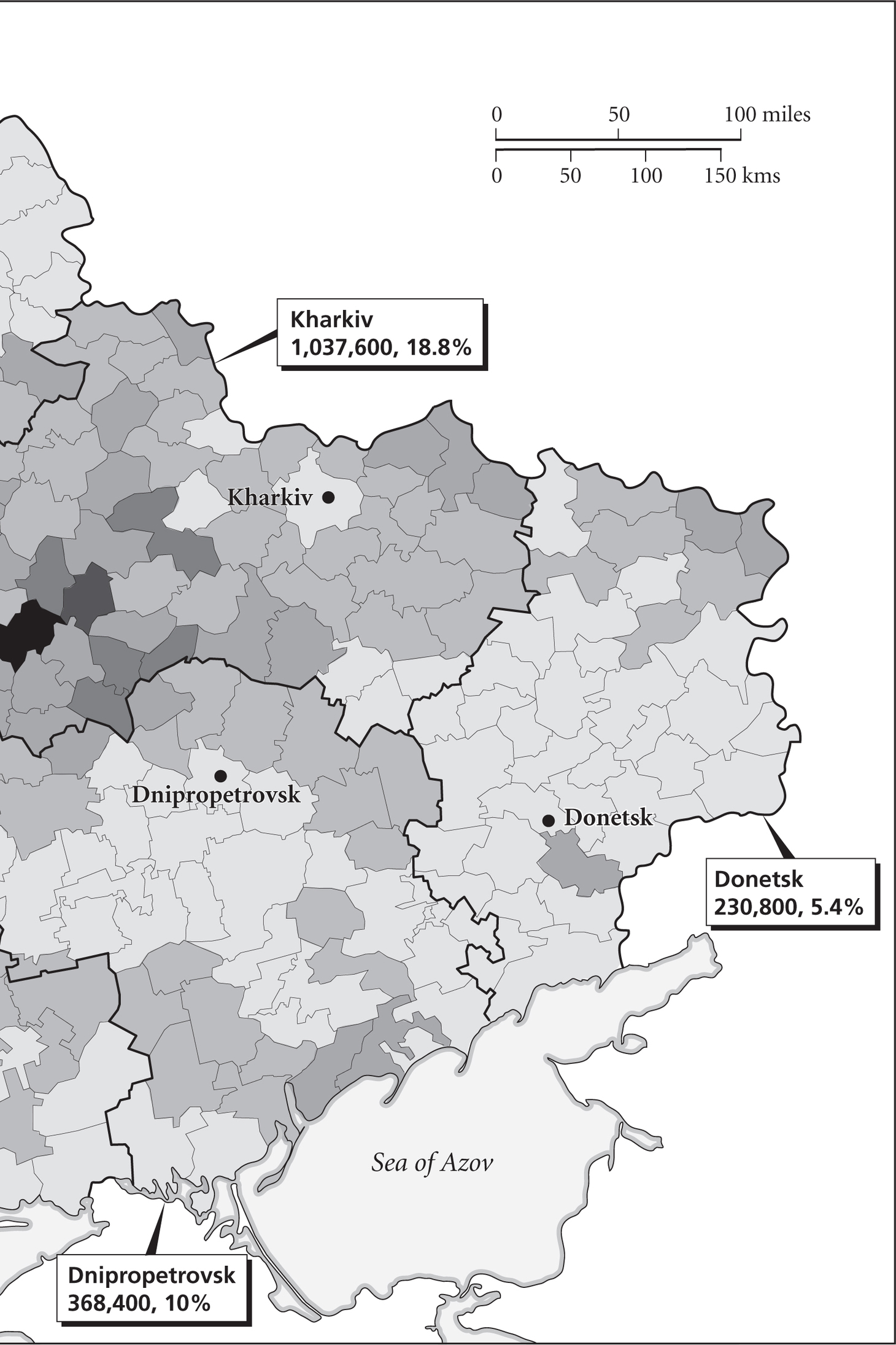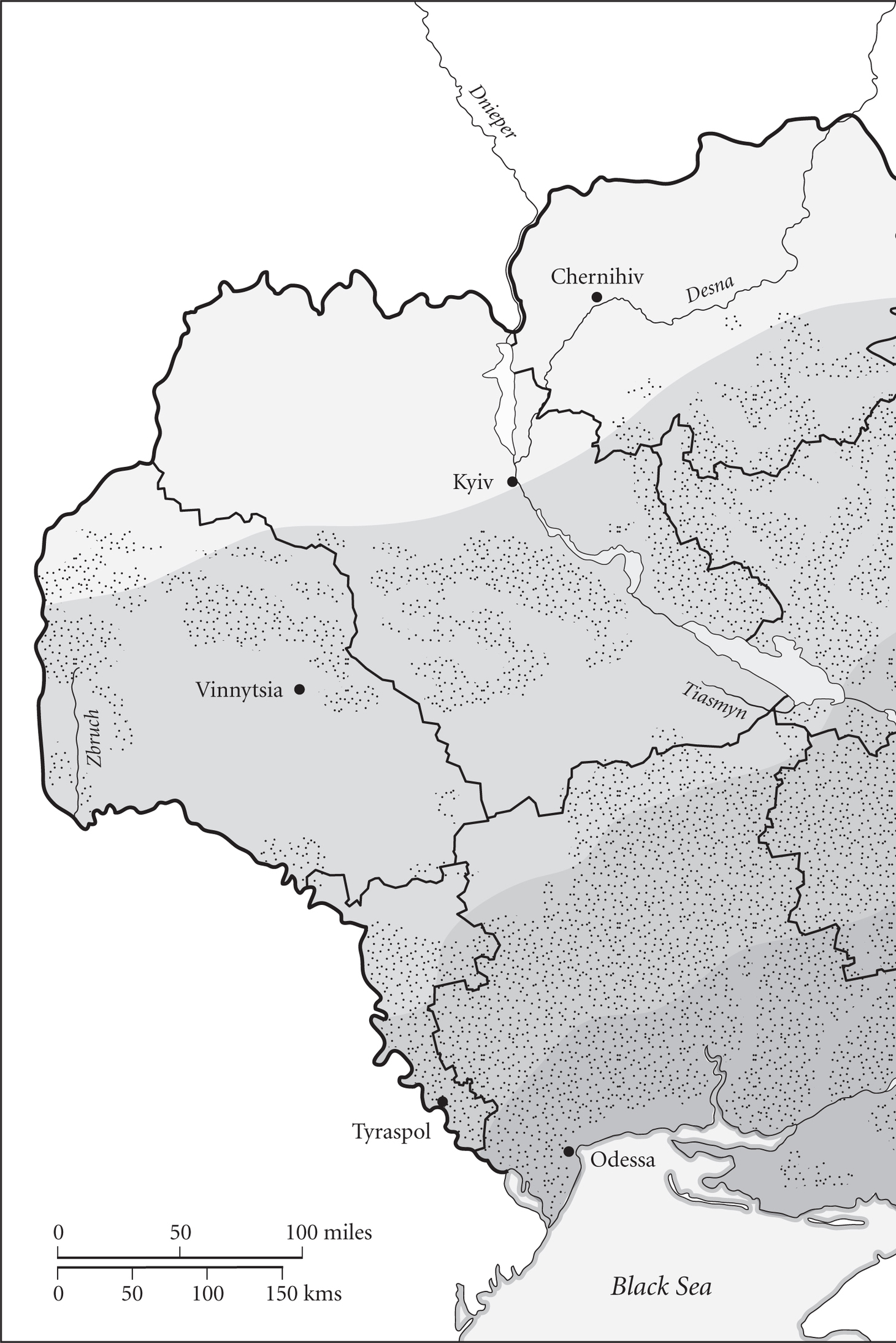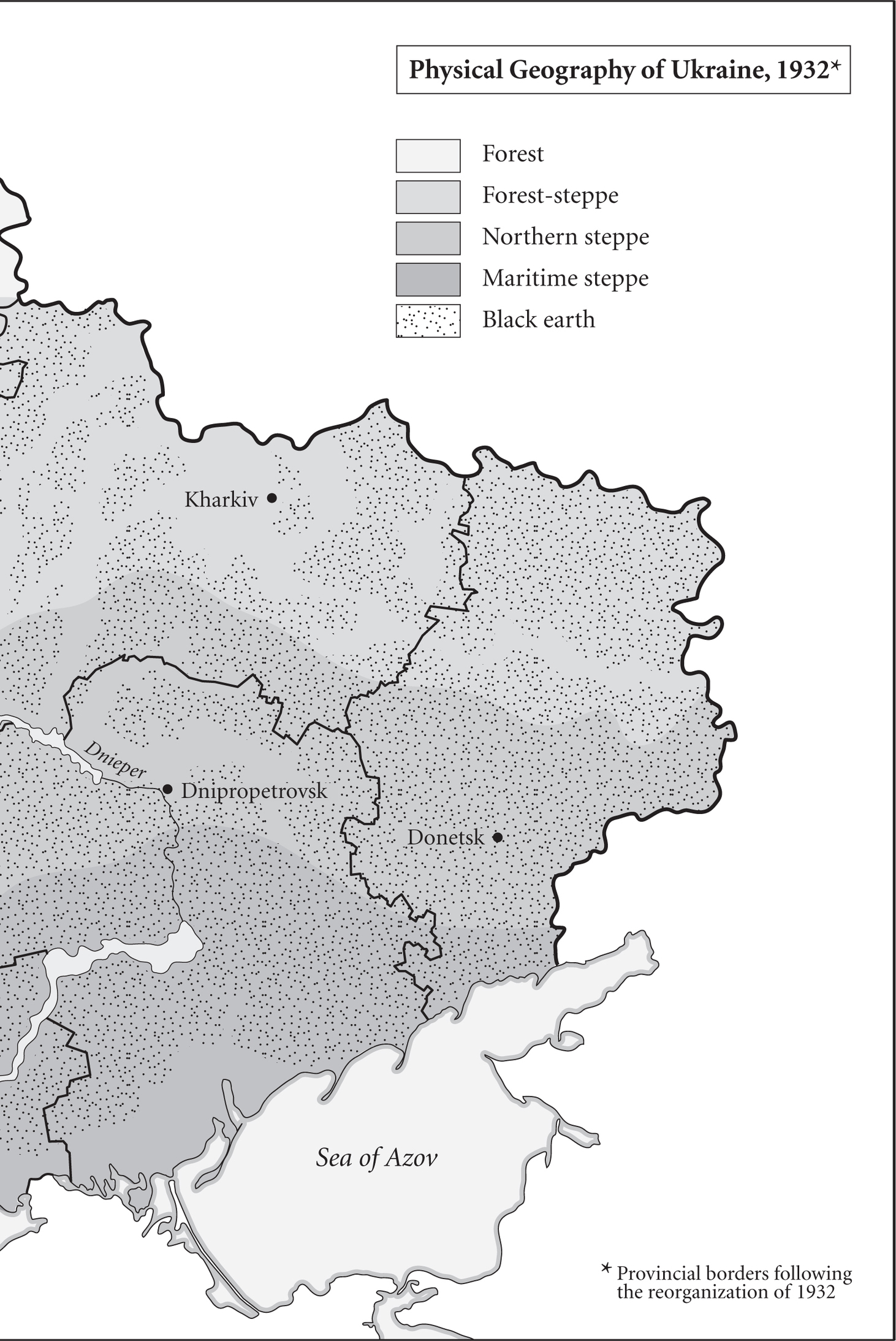Contents
Also by Anne Applebaum
Iron Curtain: The Crushing of Eastern Europe, 19441956
Gulag: A History
Between East and West: Across the Borderlands of Europe
Copyright 2017 by Anne Applebaum
All rights reserved. Published in the United States by Doubleday, a division of Penguin Random House LLC, New York. Originally published in hardcover in Great Britain by Allen Lane, a division of Penguin Random House Ltd., London, in 2017.
www.doubleday.com
DOUBLEDAY and the portrayal of an anchor with a dolphin are registered trademarks of Penguin Random House LLC.
Cover design by John Fontana
Cover illustration by Steven Dana
Library of Congress Cataloging-in-Publication Data
Names: Applebaum, Anne, 1964author.
Title: Red famine : Stalins war on Ukraine / Anne Applebaum.
Other titles: Stalins war on Ukraine
Description: Doubleday : New York, [2017] | Includes bibliographical references and index.
Identifiers: LCCN 2017029952 (print) | LCCN 2017037583 (ebook) | ISBN 9780385538862 (ebook) | ISBN 9780385538855 (hardcover)
Subjects: LCSH: UkraineHistoryFamine, 19321933. | GenocideUkraineHistory20th century. | Collectivization of agricultureUkraineHistory. | FaminesUkraineHistory20th century.
Classification: LCC DK508.8374 (ebook) | LCC DK508.8374 .A67 2017 (print) | DDC 947.708/42dc23
LC record available at https://lccn.loc.gov/2017029952
Ebook ISBN9780385538862
v4.1_r1
a
To the victims
CONTENTS
LIST OF ILLUSTRATIONS
Ukrainian Declaration of Independence, 9 January 1918.
Cover of Nashe Mynule, 1918, by Heorhiy Narbut.
Independence rally in Kyiv, 1917.
Mykhailo Hrushevsky.
Cover of Hrushevskys History of Ukraine (1917).
Symon Petliura and Jzef Pisudski, Stanyslaviv, 1920.
Nestor Makhno.
Pavlo Skoropadsky.
Oleksandr Shumskyi.
Mykola Skrypnyk.
Grigorii Petrovskii.
Vsevolod Balytsky.
Auction of kulak property.
Kulak family on their way to exile.
Confiscating icons, Kharkiv.
Discarded churchbells, Zhytomyr.
Peasants beside the ruins of a burned house.
Women vote to join a collective farm.
Peasants listening to the radio.
Peasant family reading Pravda.
Harvesting tomatoes.
Volunteers bringing in the harvest.
Searchers find grain hidden from requisitions.
Guarding fields.
Guarding grain stores.
Peasants leaving home in search of food.
An abandoned peasant house.
People starving by the side of the road.
A starving family.
Peasant girl.
Breadlines in Kharkiv.
Famine in Kharkiv, spring 1933.
A starving man, alive and then dead.
A family in Chernihiv, before and after the famine.
Famine Rules Russia, Gareth Jones, Evening Standard, 31 March 1933.
Walter Duranty dining in Moscow.
Russians Hungry but not Starving, Walter Duranty, The New York Times, 31 March 1933.
Lazar Kaganovich, Joseph Stalin, Pavlo Postyshev and Klement Voroshilov, 1934.
Mass grave outside Kharkiv, 1933.
LIST OF MAPS
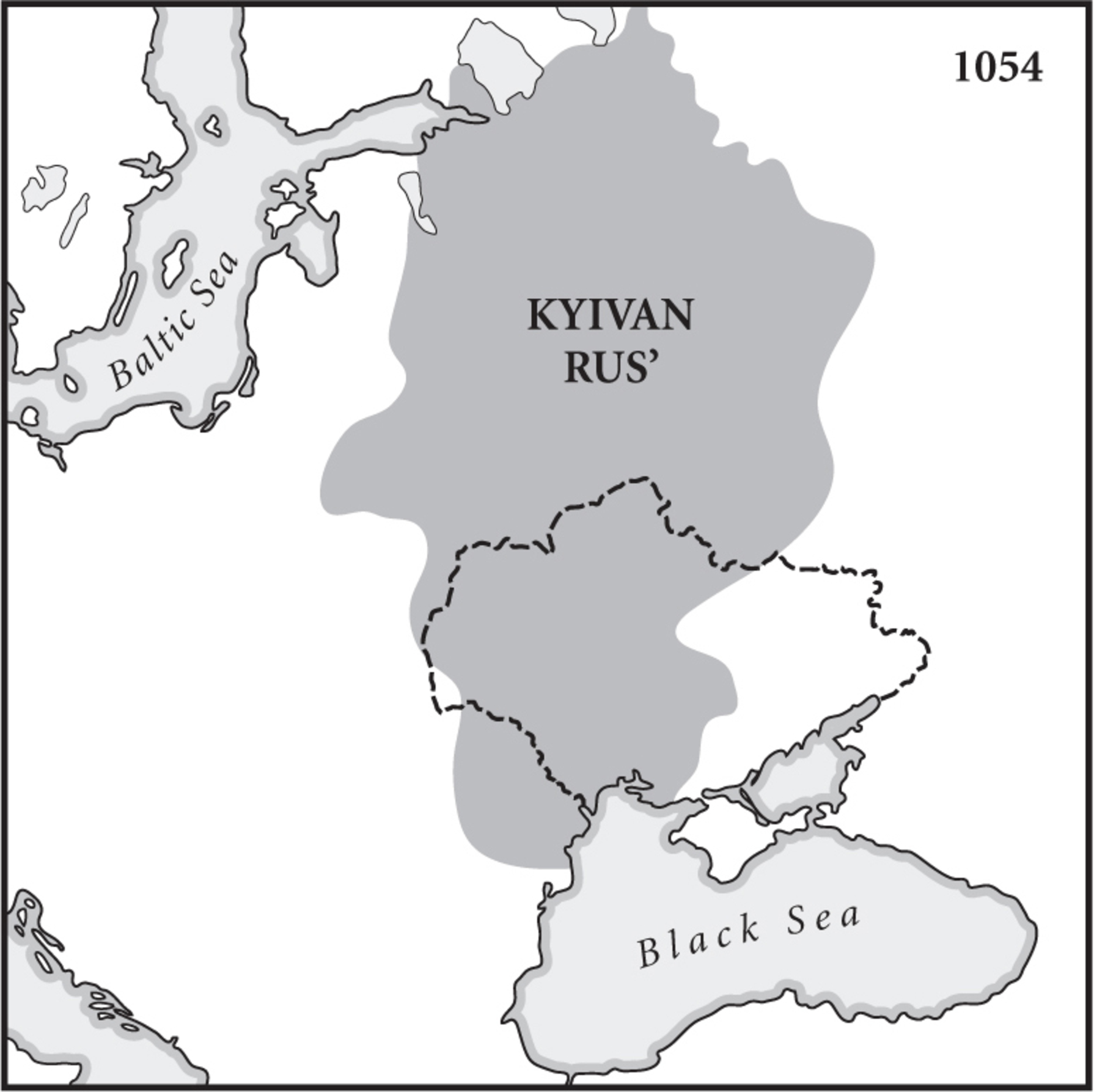
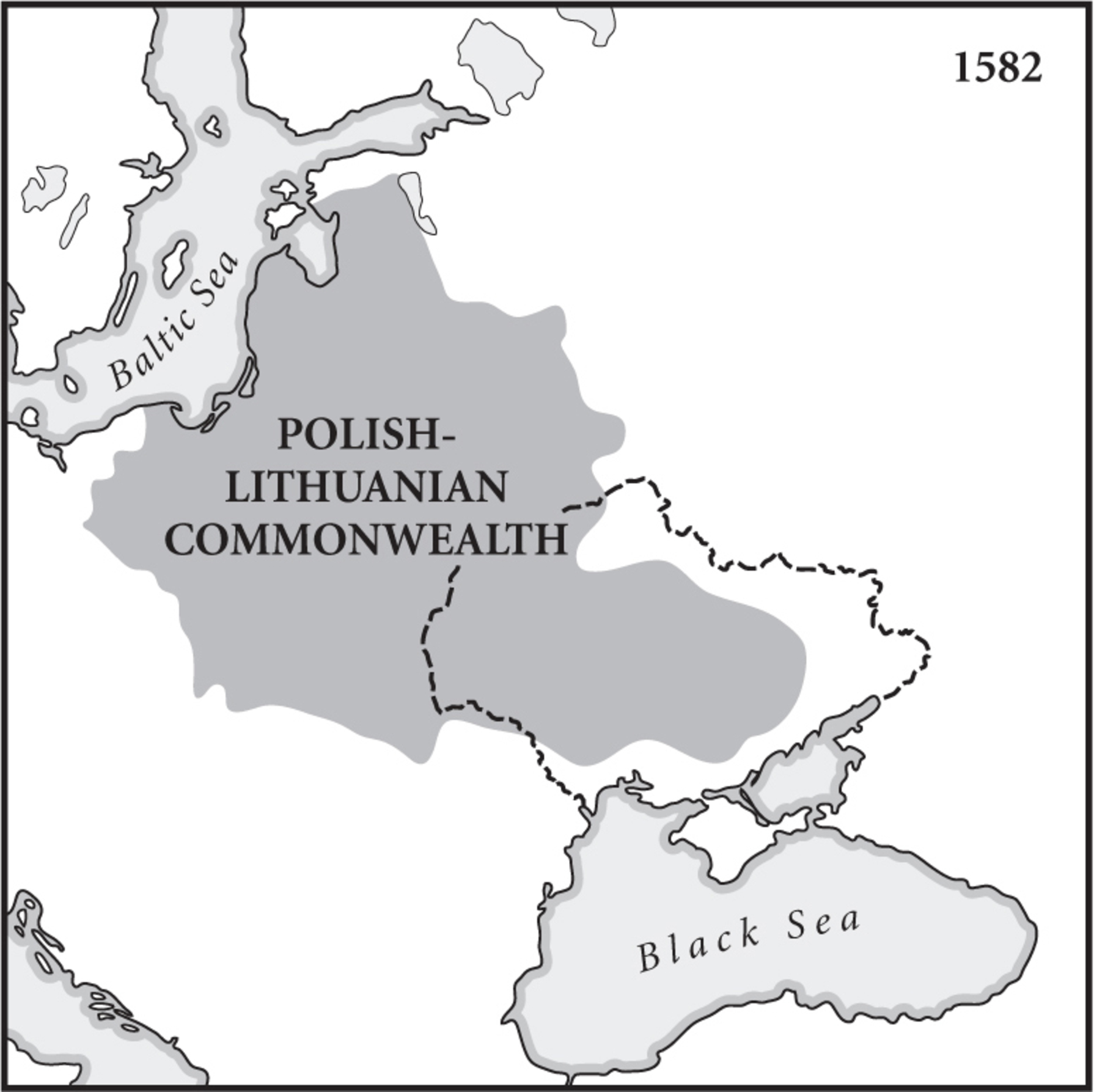
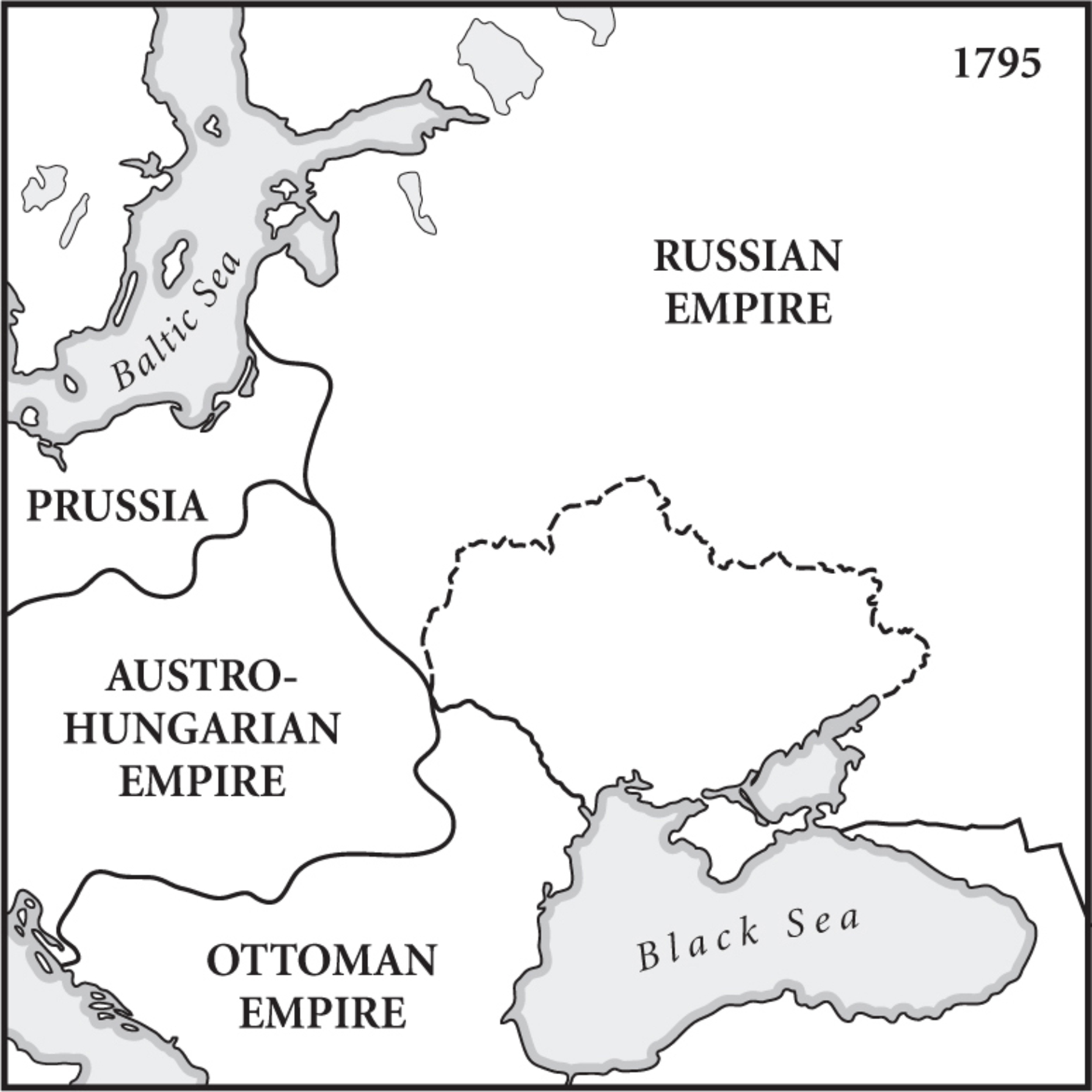
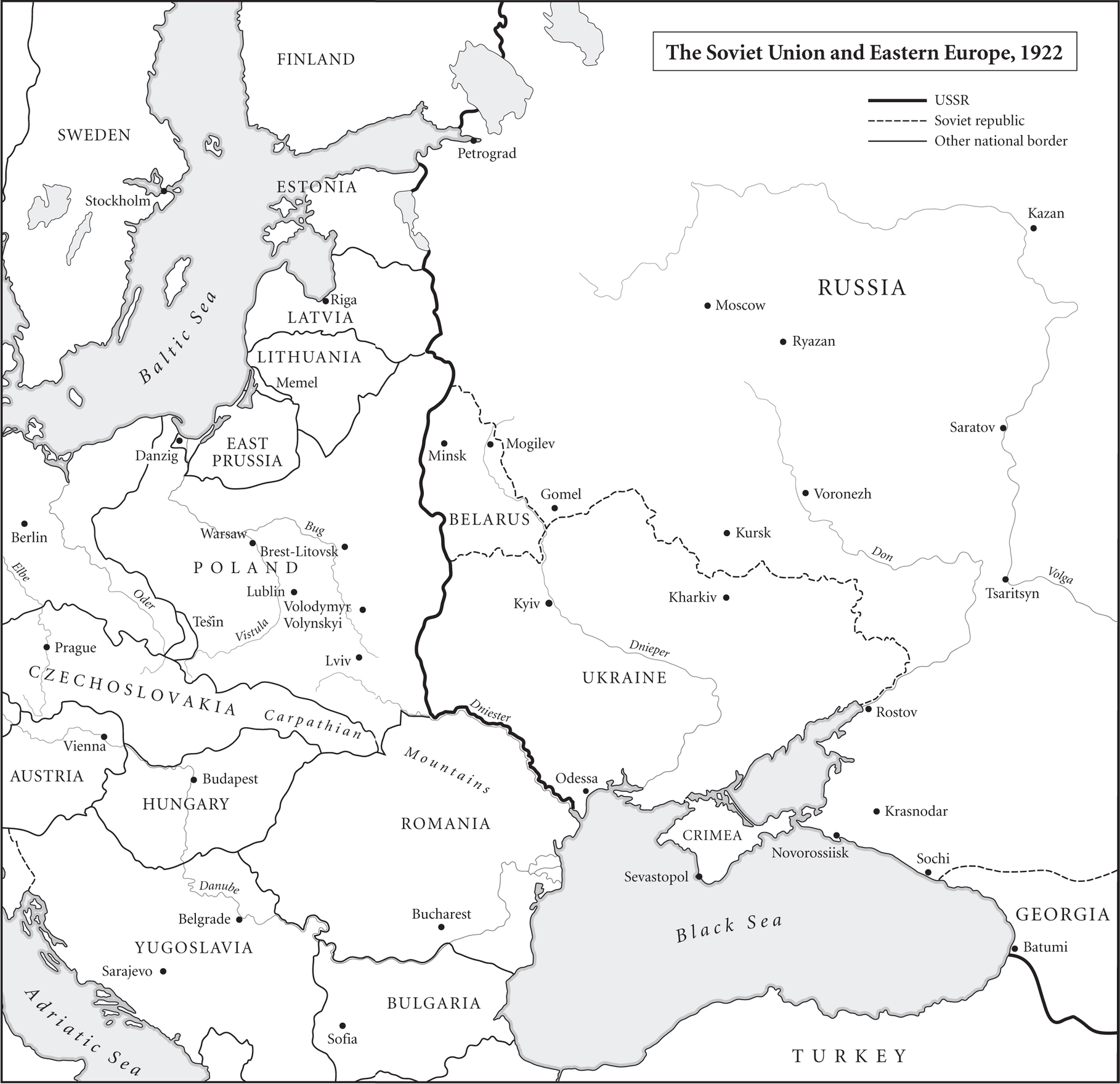
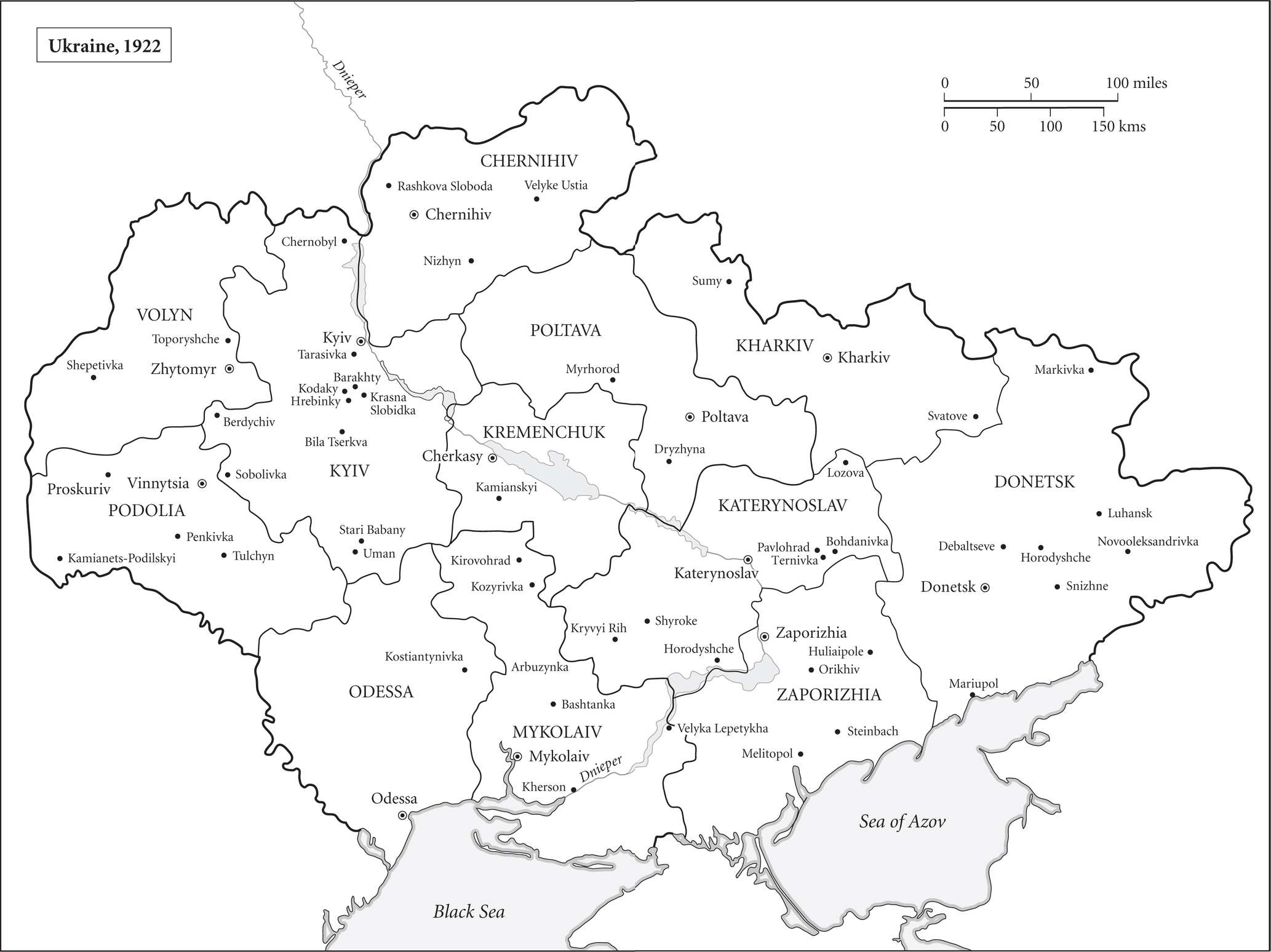
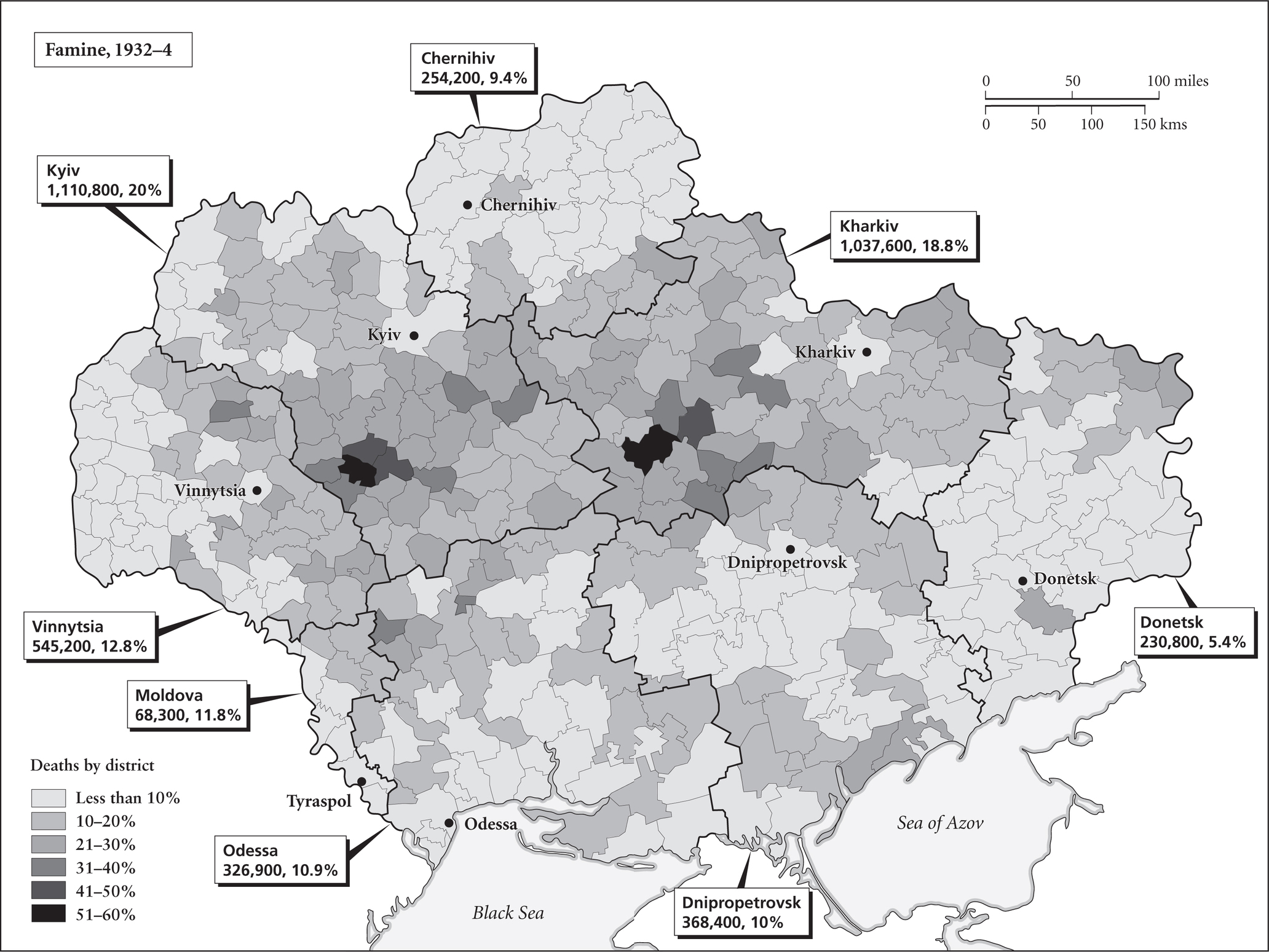
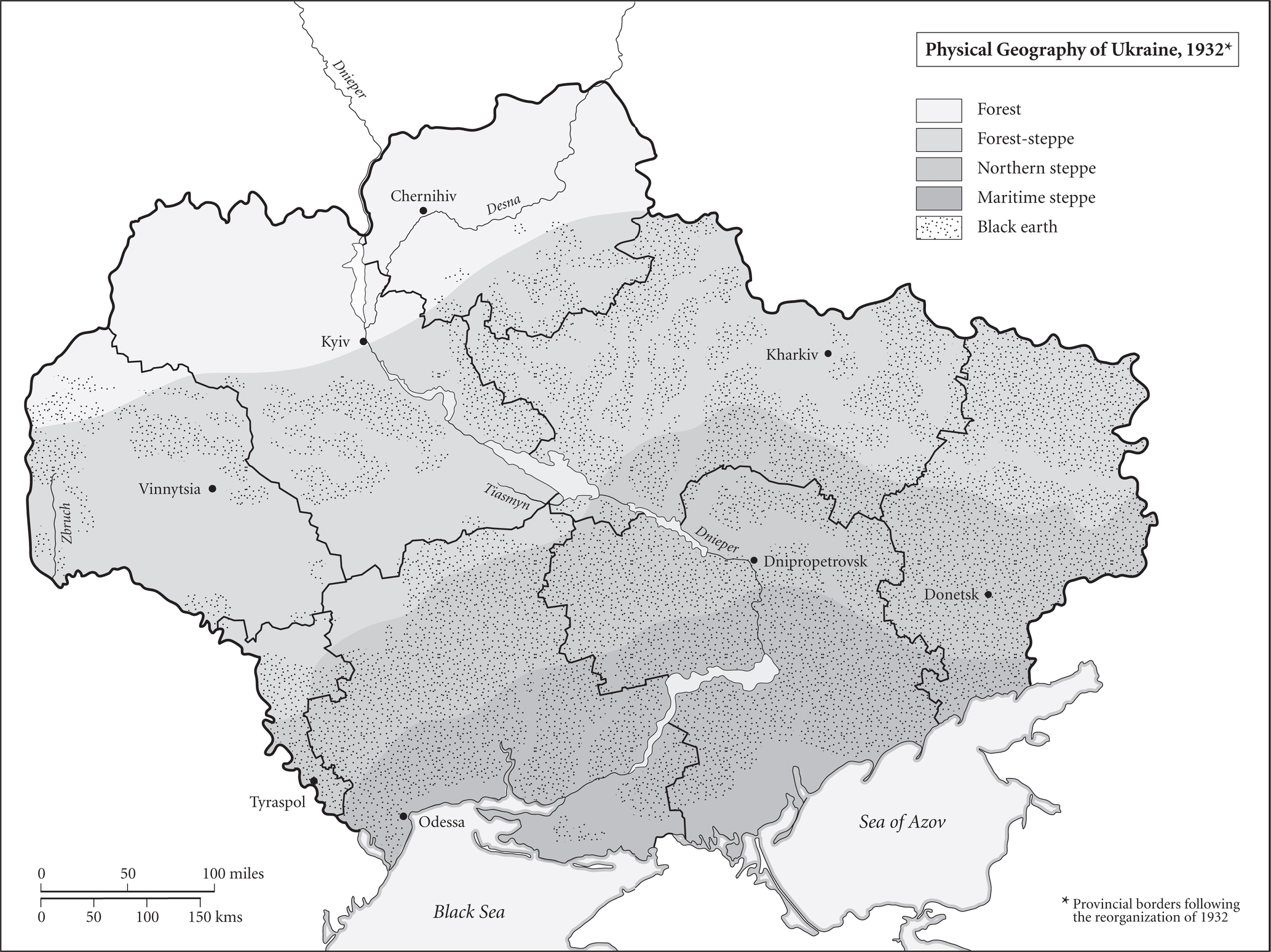
ACKNOWLEDGEMENTS
Without the encouragement, advice and support of Professor Serhii Plokhii and his colleagues at the Harvard Ukrainian Research Institute, this book would not have been written. The scholars at HURI understood a decade ago that new archival discoveries merited a new approach to the history of the Holodomorand they were right. Different members of staff helped at different times, but I owe special thanks to Oleh Wolowyna and Kostyantyn Bondarenko of the MAPA project at Harvard, who have done extraordinary work on statistics, demographics, numbers and maps.
I also owe an enormous debt to Marta Baziuk of the Holodomor Research and Education Consortium in Toronto, as well as her Kyiv-based counterpart, Lyudmyla Hrynevych of the Holodomor Ukrainian Research Centre, both of whom shared their profound knowledge of the subject with great generosity. Many thanks to the documentary filmmaker Andrew Tkach and Vladyslav Berkovsky of the TsDKFFA photographic archive for assistance with photographs. Professor Andrea Graziosi at the University of Naples helped shape the original outline and acted as a sounding board all the way through the project. Two extraordinary young historians, Daria Mattingly and Tetiana Boriak, provided research assistance from Kyiv and other cities in Ukraine. Ian Crookston and Professor Oksana Mykhed, two brilliant Harvard former graduate students, read the text for accuracy of sourcing and transliteration. A host of other Ukrainian historians offered suggestions and let me borrow their books or unpublished articles. They are all listed in the preface, but Id like especially to thank Iurii Shapoval and Hennadii Boriak here again. I am grateful to the colleagues who read early versions of the manuscript, including Geoffrey Hosking, Bogdan Klid, Lubomyr Luciuk and Frank Sysyn. Many thanks to Nigel Colley and Russ Chelak for help with the story of Gareth Jones. I am also indebted to Roman Procyk of the Ukrainian Studies Fund and to its benefactors, especially Luba Kladko, Dr. Maria Fischer Slysh, Arkadi Mulak-Yatzkivsky and Ivan and Helena Panczak, as well as the Semenenko Fund of the W. K. Lypynsky East European Research Institute.


